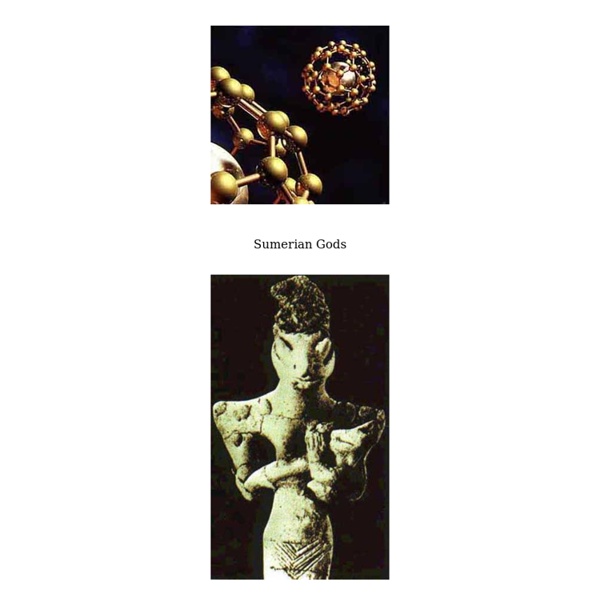Zhou Dynasty, Zhou Dynasty History, History of Ancient China, China's dynasties
Era Information Time: 1027 B.C.-221B.C.Location of Capital:Hao, near the city of Xian, Shannxi ProvinceEmperors: Twelve kings for eleven dynasties Replaced by:Spring and Autumn Period According to Chinese accounts, Zhou was built by a chieftain of a tribe called Zhou. The chieftain overthrew Shang’s last ruler and build the Zhou dynasty. He settled down in Hao, a city near today’s Xi’an city in Shannxi province. Take a Xian Tours to experience the historical site. Zhou dynasty has lasted for a long time from 1027B.C. to 221B.C.
There Were Giants Upon the Earth
The following is excerpted from There Were Giants Upon the Earth: Gods, Demigods, and Human Ancestry: The Evidence of Alien DNA, available from Bear and Company. If you would like to learn more about this book or buy a copy, please do so here. Introduction
List of mythologies
This is a list of mythologies of the world, by culture and region. Mythologies by region[edit] Africa[edit]
Ancient China Religions, Ancient Chinese Religious Beliefs
Advert Ancient China Religion: History has witnessed that religion has always evolved with the evolution of different civilizations and various beliefs have come and disappeared along with the disappearance of a particular civilization.
What is the Mandate of Heaven in China?
Answer: The "Mandate of Heaven" is an ancient Chinese philosophical concept, which originated during the Zhou Dynasty (1046-256 BCE). The Mandate determines whether an emperor of China is sufficiently virtuous to rule; if he does not fulfill his obligations as emperor, then he loses the Mandate and thus the right to be emperor.
Hear The Epic of Gilgamesh Read in the Original Akkadian and Enjoy the Sounds of Mesopotamia
Long ago, in the ancient civilization of Mesopotamia, Akkadian was the dominant language. And, for centuries, it remained the lingua franca in the Ancient Near East. But then it was gradually squeezed out by Aramaic, and it faded into oblivion once Alexander the Great Hellenized (Greekified) the region. Now, 2,000+ years later, Akkadian is making a small comeback. At Cambridge University, Dr.
Tibetan Reiki symbols and other variants
undefined These are Tibetan Reiki symbols used in healing systems and derived from Vajrayana. Different variant names have been given to these systems such as Vajra Reiki, or Seichim Reiki etc. Use them whenever you feel the need for them , or meditate on each. These are powerful symbols and frequent use in your daily self-healing practice is not advisable.
Karuna Reiki - Karuna Reiki Training and Symbols
Karuna Reiki can be defined as a progression of Usui Reiki. It is a type of Reiki that is based on the original Usui Reiki concepts, which has been enhanced considerably by Reiki Master William Lee Rand. Karuna Reiki is a modern addition to the ancient art of Reiki healing, which has been widely used since the mid-19th century.
Reiki Karuna symbols - Reiki Karuna masters
Reiki Karuna is regarded to be a development of the Usui Reiki. As such, only certified Reiki Usui Masters are allowed to train under it. Established by the American Reiki Master William Lee Rand, Reiki Karuna is believed to be more powerful than Reiki Usui in all aspects. It also uses symbols of its own that can be used along with the ones used in traditional Reiki Usui. Harth is the chief symbol of Karuna Reiki. It represents never-ending compassion, truth, love, beauty, balance, and harmony.
Buddhism and Death
The Great Unmentionable (Note: It is still often thought today that any form of belief in an afterlife is "unscientific." To disarm any criticisms on that score, readers are referred to the Appendix in which the question is briefly treated.) It is sometimes said that Death today has replaced Sex as "The Great Unmentionable," and certainly it is, for most people, an uncomfortable subject which they do not care to think about overmuch. Yet if there is one thing that is certain in life it is that we shall all die, sooner or later. There was once a creed which declared: "Millions Now Living Will Never Die," and it had great appeal — but all those who first heard it proclaimed are now dead.
Buddhist View on Death and Rebirth
Buddhist View on Death and Rebirth ...Ven. Thich Nguyen Tang... --- o0o ---
Death
First published Wed May 22, 2002; substantive revision Tue May 26, 2009 This article considers several questions concerning death and its ramifications. First, what constitutes death? It is clear enough that people die when their lives end, but less clear what constitutes the ending of a person's life.
hermit’s thatch › Tagore on death
Rabindranath Tagore (1861-1941) wrote essays, plays, stories, and poems, all of which gather a mature Hindu philosophy of life into a cornucopia of lyric depth and expression. Yet the death poems are especially attractive, perhaps because they reflect deep emotional links to far-flung cultures and peoples everywhere. Death is universal but reflections on death must be likewise in order to reach the standards of art and ring authentic. In the death poems, Tagore adds an existential dimension that other writings need not have. We want to read the soaring and beautiful Sadhana on a different plain, and the pungent dramas and lyric poems.



